The techniques of Visual Merchandising is essentially everything your shoppers can see in-store that’s promoting or displaying products.
Every light, every product, every display, every piece of signage. And the way you bring it all together can make all the difference in whether they step in-store in the first instance, and whether they then like what they see enough to make a purchase.
It’s about giving shoppers the ultimate in-store experience so they want to browse, to buy, to return, to recommend… so it’s essential to give it some careful attention.
In this article, we explore 5 techniques of visual merchandising and how you can use them to create superb standout in-store retail displays.
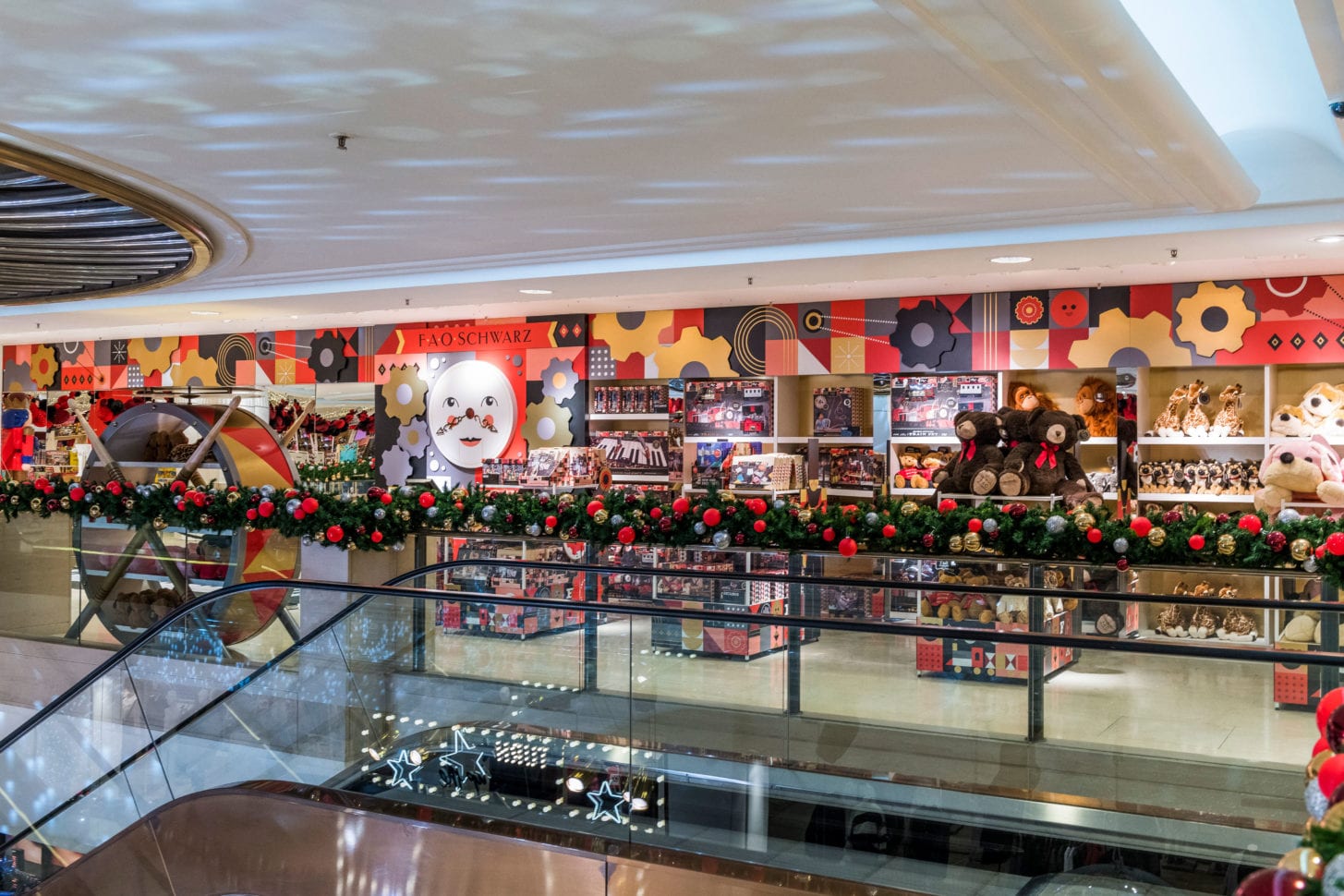
Your windows are an inviting glimpse into your store and the perfect place to stop passing shoppers in their tracks. Using eye-catching displays, creating theatre, featuring promotions and showcasing products are all great ways to make them pause… and hopefully step through the door.
While you want to entice it’s important not to mislead. Make sure what’s in your window reflects what’s in-store, a true taster of what to expect. But once you’ve taken that into account, you can be as creative as you like. While your in-store merchandising needs to be easy to shop, your windows are all about the show. So make them big, bold, bright and on brand.
Want to read more about window displays? You might like our article 5 reasons why retail window displays are so important
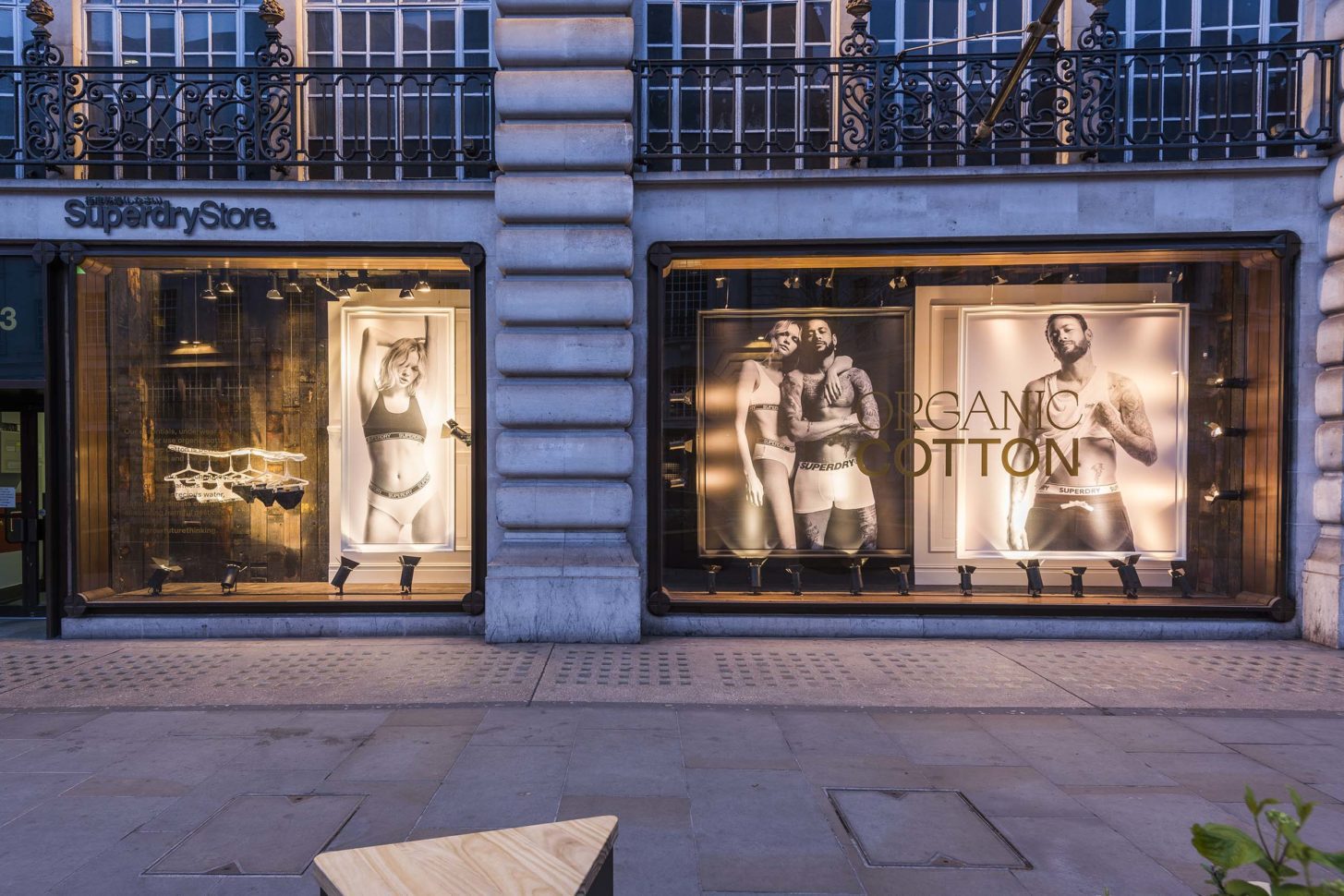
The right signage can form a valuable part of your Visual Merchandising portfolio. First, think about what you want your signs to actually do: highlight promotions, signpost navigation, or offer product information, for example?
Whatever this is, stay on message. Clear, concise signage can help shoppers decide on their purchases. Cluttered, overdone signage can simply confuse.
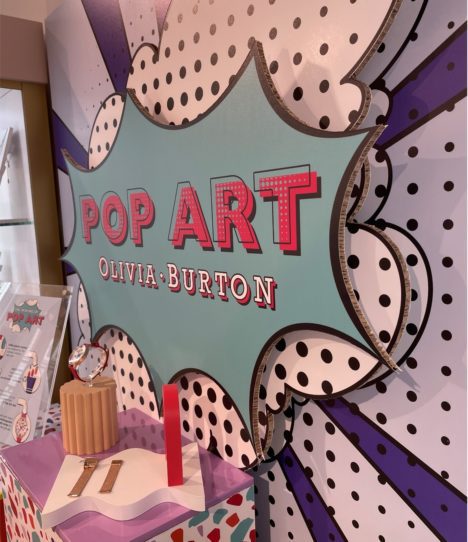

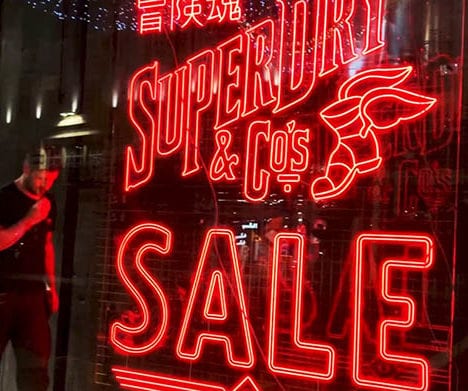
The third techniques of visual merchandising is, when shoppers are in-store, you need impact to disrupt them from their original mission, and strong retail graphics and imagery are a clever tool in your Visual Merchandising kit. Use them for a whole array of purposes, such as to draw attention to a particular product feature or highlight a deal or promotion.
Imagery can be particularly effective for selling high-end aspirational items, particularly if they’re accompanied by images of well-known brand ambassadors.
Don’t overdo it, though. You don’t want graphics and images competing with each other and creating visual clutter. Think about which products you want to showcase and highlight, and how you want these displays to look. Keep them clear and eye-catching, on brand and in keeping with your store. The right graphics will talk to customers in a way that words often can’t.
A great example of impactful retail graphics comes from Nike, whose in-store images serve a dual purpose: signposting independent promotions and complementing Visual Merchandising displays.
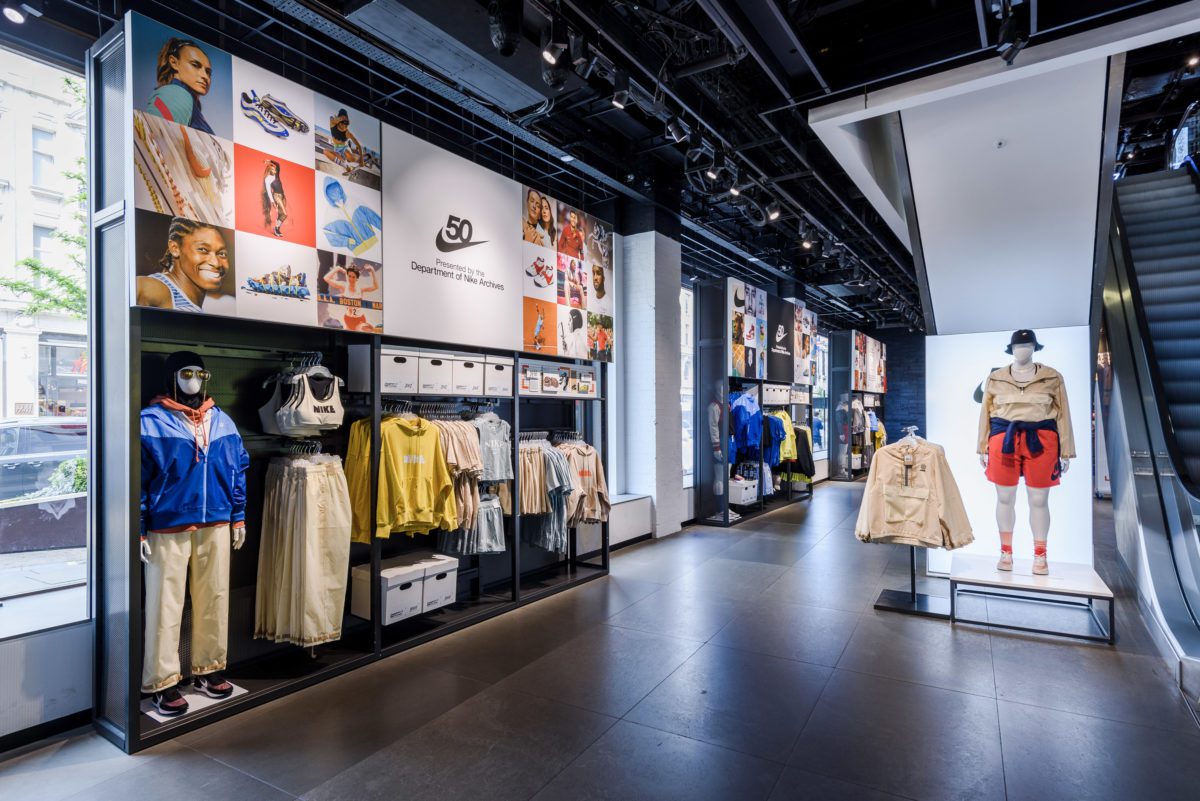



Seasonal display is another big feature in your Visual Merchandising approach. Of course there’s Halloween, Christmas and New Year (generally the most lucrative quarter in the year). But the retail calendar is chock-full of other opportunities to increase sales, like Valentine’s Day and Easter.
The secret is in seasonal planning. Don’t wait until the event is upon you. But equally don’t be too ahead of the game, as this can be counterproductive and irritate shoppers. Your Visual Merchandising needs to reflect your customers’ needs, so they feel inclined to purchase. You can incorporate seasonal stuff anywhere, from windows to P-O-P. Some stores and retailers have a ‘seasonal aisle’ which is completely devoted to the relevant products.
A good tip is to keep your seasonal promotions consistent: simply replacing one with another when the time comes, so you’re not constantly shifting your store around. But don’t keep your display too much in isolation: try to have more than one display or use complementary P-O-P in other areas throughout your store, to reinforce the theme.
Also, consider whether specific seasons are more relevant to your business than others. If you don’t sell food then Pancake Day is unlikely to resonate too much, for example.
A great example of a seasonal store window display is when we helped Smythson with their Valentine’s Day stationery themed display.
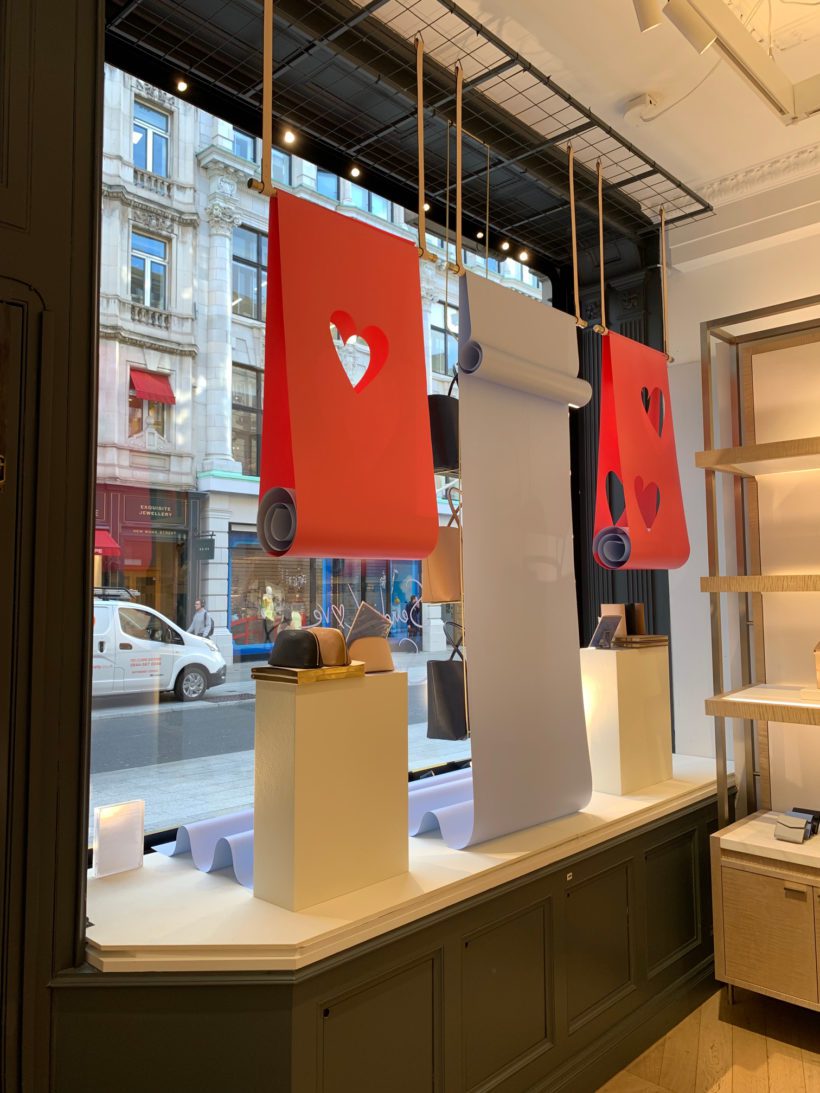

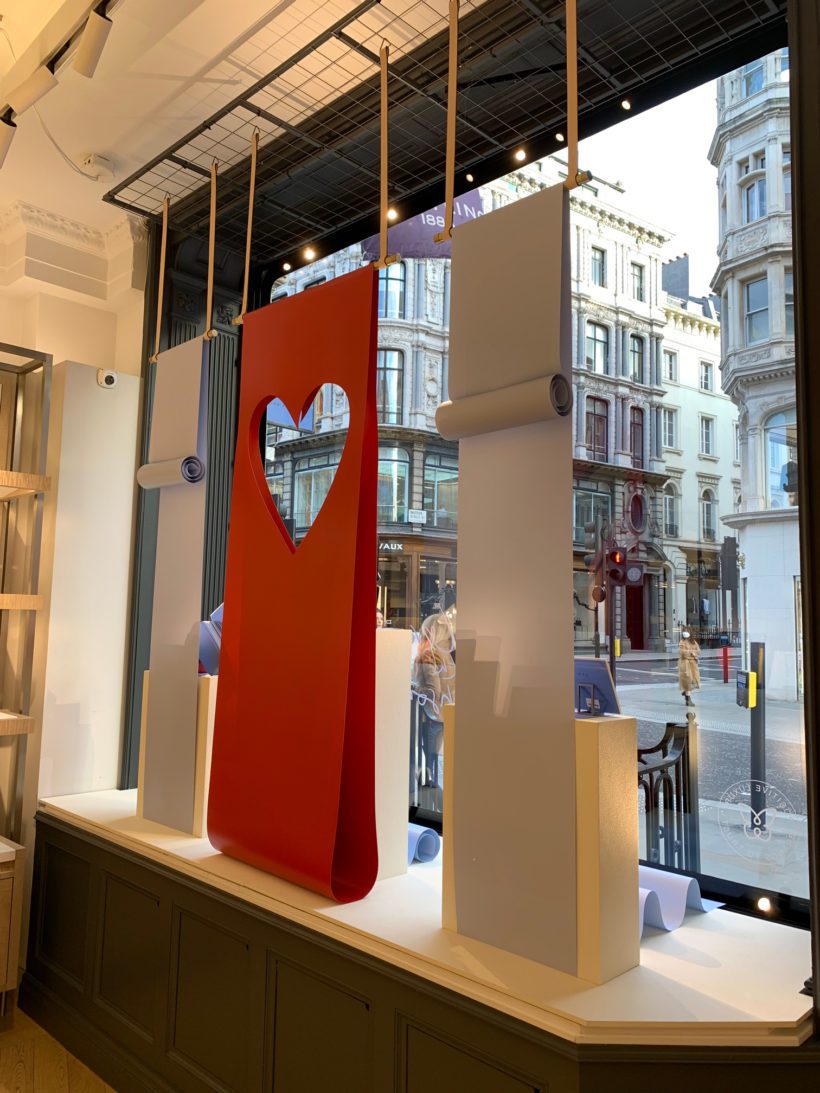
The final techniques of visual merchandising is the use of props. Props can really add some theatre to your Visual Merchandising, helping to showcase your products and make your display stand out. Go traditional or get creative: whichever you choose, just make it eye-catching.
A great example of being creative with retail display props is when AO.com asked us to create some iconic brand props to use in their visual merchandising displays in their Tesco Extra concession stores across the UK.
Another example is when we helped Superdry create driftwood clothes rails to form part of the visual merchandising campaign for the Neymar Jnr. X Organic Cotton campaign.

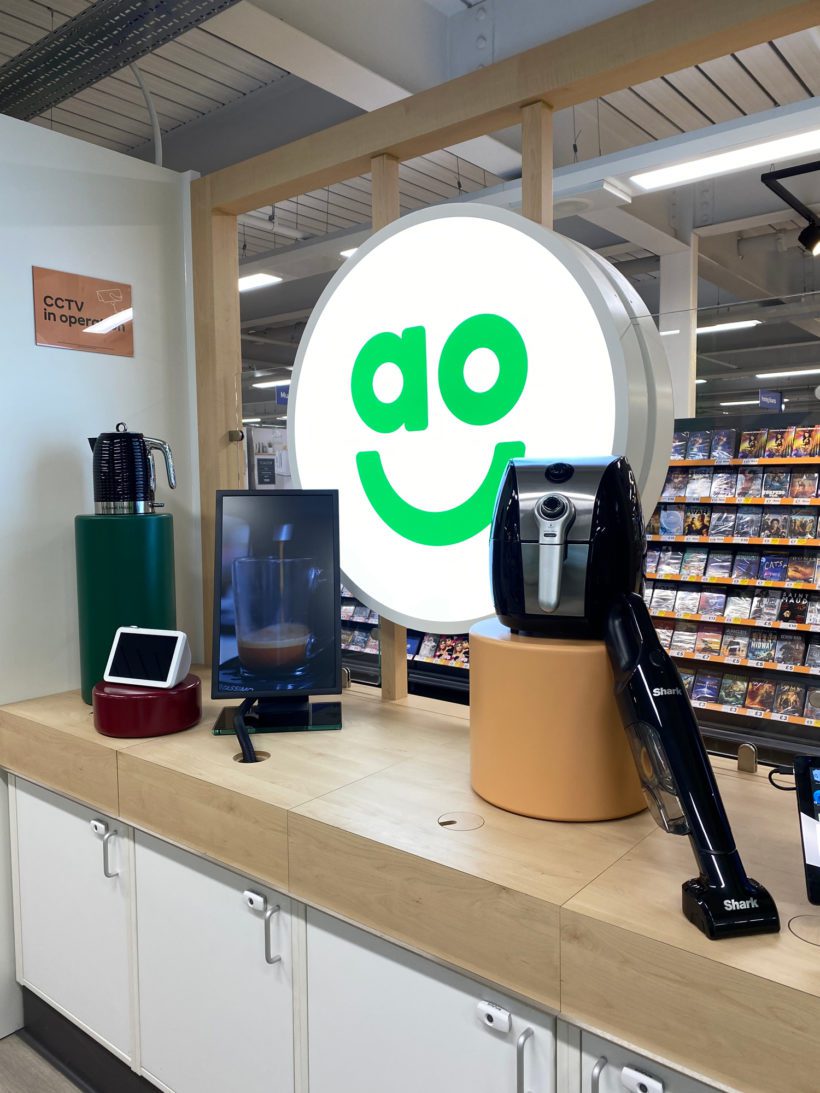
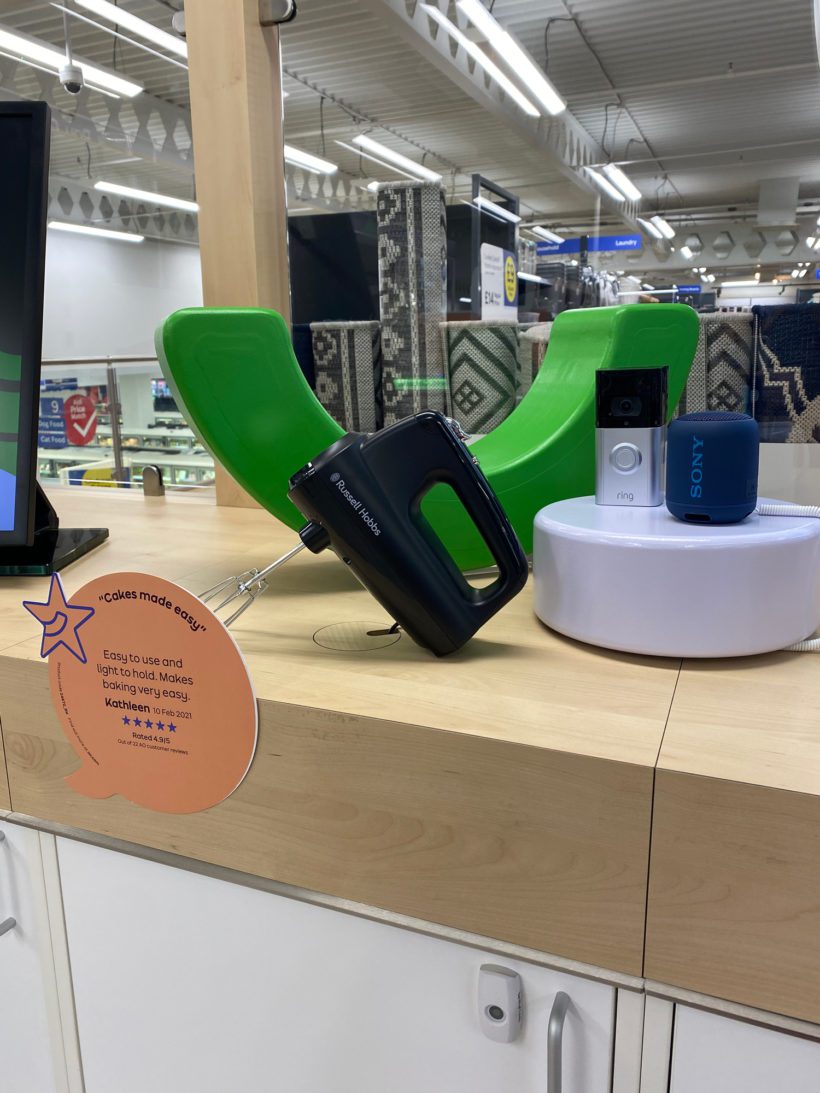
Visual Merchandising opens up a world of possibilities and potential for attracting in shoppers and making more sales. It’s the perfect way to use all aspects of your store — and all types of P-O-P — to highlight products, promotions, features and seasonal sales.
Follow our LinkedIn for company updates here